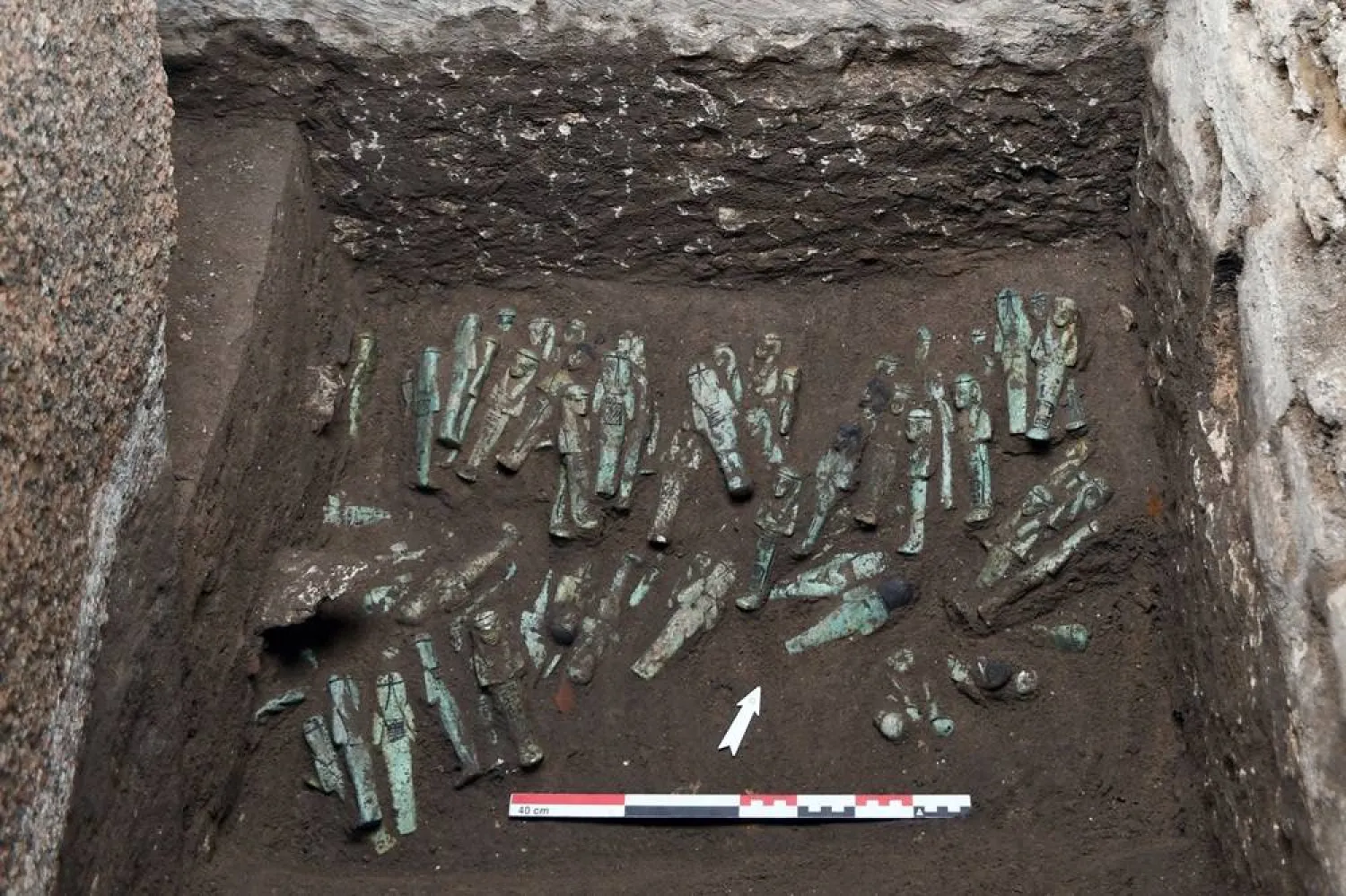Leandro Rivera says he chanced upon the cave in Peru's remote Nazca region that contained hundreds of pre-Hispanic artifacts – including human bodies with elongated heads and what appeared to be only three fingers on each hand.
The plateau is famous for the Nazca lines, incisions on the desert floor forming birds and other animals visible from the air. The ancient geoglyphs have long intrigued anthropologists and exert a powerful fascination over some believers in extraterrestrials.
Nazca is also known for salt flats that dehydrate and preserve human and animal remains, making it the site of important archeological finds that have deepened modern understanding of ancient cultures – and attracted grave robbers.
Rivera was convicted in 2022 of assault on public monuments for unearthing the artifacts. He received a four-year suspended sentence and was fined about 20,000 Peruvian soles ($5,190), short of the maximum penalty of an eight-year prison term.
His haul was thrust into the spotlight last year when two of the mummies ended up in Mexico as the centerpiece of congressional hearings on UFOs and extraterrestrial life. Mexican journalist Jaime Maussan presented the bodies as a sign of life beyond Earth – a claim dismissed by scientists.
In an interview with Reuters, Rivera said he removed as many as 200 sets of remains from the cave, and some bodies had been smuggled out of Peru to France, Spain and Russia.
The presentation of bodies in Mexico – as well as Rivera's claims to have dozens more – have prompted some experts to ask whether Peru is losing the battle to stop the plunder of its archaeological sites to feed a lucrative black market for mummies and other pre-Hispanic artifacts.
"Peru has done a lot of work to try and control this trade," said Christopher Heaney, a Latin American history professor at Penn State University and author of a book on Peruvian mummies. "But this implies that these claims for government success need to be re-examined a bit if objects like (the bodies in Mexico) can leave the country."
Peru's Culture Ministry did not respond to questions about the effectiveness of its efforts to control trafficking.
Reuters was granted rare access to the ministry's anti-smuggling unit at Lima's international airport and spoke to four government officials who said stricter penalties, more resources and better coordination were needed to fight the looting.
The news agency was unable to verify independently key details of Rivera's account. The public prosecutor's office of the culture ministry said in a statement to Reuters that its investigation into Rivera yielded just two altered bodies and two partial sets of bones.
Evelyn Centurion, head of cultural heritage recovery for the ministry, said the government is working on a task force with police, the attorney general, the foreign ministry and other departments to toughen penalties for looting cultural artifacts.
"The looting has not stopped," Centurion said in an interview. "We need greater collaboration from local governments and local authorities to prevent these illicit acts."
Alien Fever Dreams Fuel Peruvian Grave Robbings

Photo by REUTERS/Sebastian Castaneda Purchase Licensing Rights

Alien Fever Dreams Fuel Peruvian Grave Robbings

Photo by REUTERS/Sebastian Castaneda Purchase Licensing Rights
لم تشترك بعد
انشئ حساباً خاصاً بك لتحصل على أخبار مخصصة لك ولتتمتع بخاصية حفظ المقالات وتتلقى نشراتنا البريدية المتنوعة







